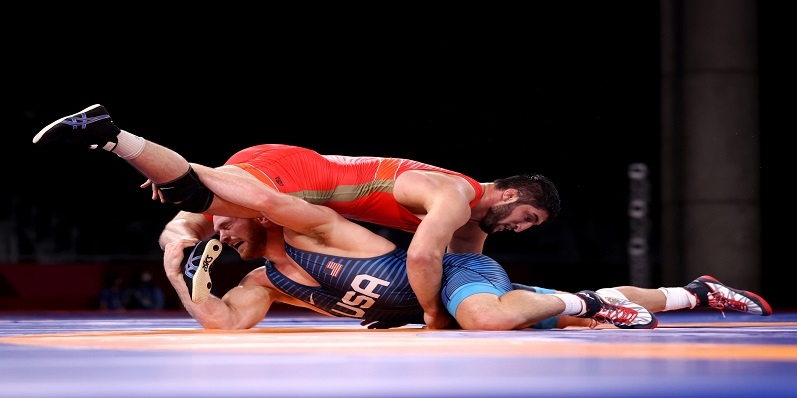
Common Sports Injuries Happens in Wrestling
Sports injuries are a common occurrence in wrestling, and the knee and shoulder are two areas that are particularly susceptible to injury. In this blog post, we will discuss some of the most common knee and shoulder injuries that wrestlers may experience, as well as some of the treatment options that are available.
Knee Injuries in Wrestling
One of the most common knee injuries in wrestling is a ligament injury, such as a tear of the ACL (anterior cruciate ligament) or the MCL (medial collateral ligament). These injuries can be caused by sudden twists or turns during a wrestling match, and may result in pain, swelling, and difficulty bearing weight on the affected leg.
Another common knee injury in wrestling is a meniscus tear. The meniscus is a C-shaped piece of cartilage in the knee that helps to cushion and stabilize the joint. A meniscus tear can occur when the knee is twisted or turned in an awkward position, and may result in pain, swelling, and difficulty moving the joint.
Shoulder Injuries in Wrestling
Shoulder injuries are also common in wrestling, and can be caused by falls or other impacts during a match. One common shoulder injury is a cuff tear, which occurs when the tendons or muscles around the shoulder joint are torn. This can result in pain, weakness, and difficulty moving the arm.
Another shoulder injury that is common in wrestling is a recurrent shoulder dislocation. This occurs when the upper arm bone (humerus) becomes partially or completely dislocated from the shoulder blade (scapula). This can be a painful and debilitating injury, and may require surgery to repair.
Biceps tears are another type of shoulder injury that can occur in wrestling. The biceps is a muscle in the upper arm that is responsible for helping to flex the elbow and rotate the arm. A biceps tear can result in pain, weakness, and difficulty using the affected arm.
Treatment Options for Knee and Shoulder Injuries in Wrestling
If you are experiencing a knee or shoulder injury as a result of wrestling, it is important to seek medical attention as soon as possible. Your doctor will be able to assess the extent of your injury and recommend a treatment plan that is tailored to your needs.
Treatment Options For Knee And Shoulder Injuries May Include:
Rest and rehabilitation: This may involve taking time off from wrestling to allow your injury to heal, as well as participating in physical therapy to help strengthen and rehabilitate the affected joint.
Medications: Your doctor may prescribe pain medications or anti-inflammatory drugs to help reduce pain and swelling.
Surgery
In some cases, surgery may be necessary to repair or reconstruct damaged ligaments or tendons like ACL and PCL reconstruction or repair similarly torn meniscus which is cushion like structure inside knee can be repaired. Dr. Vikram Sharma, head of the Sports med department of arthroscopy and sports medicine at Fortis Hospital in Jaipur, is an arthroscopic surgeon with extensive experience in treating sports injuries. He is trained in the United States and the United Kingdom and is affiliated with the Badminton World Federation, the Board of Control for Cricket in India, and the Rajasthan Cricket Association.
If you are a wrestler and are experiencing a knee or shoulder injury, or if you have any other questions about sports injuries, we encourage you to contact our helpline at 9587077444. Dr. Vikram Sharma and the team at the Sports med department of arthroscopy and sports medicine at Fortis Hospital in Jaipur are here to help you get back to your best.